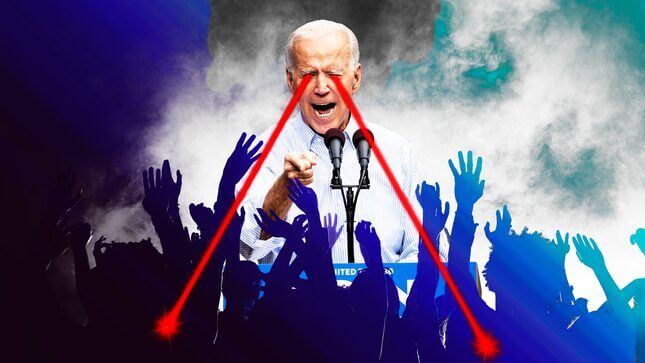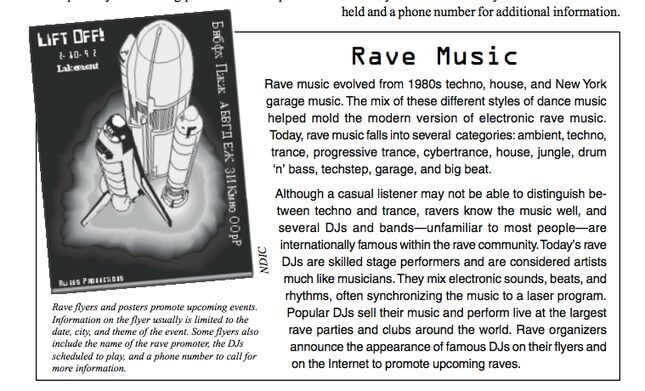Joe Biden Killed Rave Culture
Politics

As each of the approximately 12,203,391 Democratic presidential candidates parades across the country in an attempt to prove why they are the best future leader of America, let’s not forget that the current frontrunner, Joe Biden, bears a hell of a lot of responsibility for policies that fueled the current opioid epidemic, the mass incarceration of millions of black and brown people, and the death of rave culture in the United States. Goddammit, Joe.
Politico Magazine has published a comprehensive feature reminding the world that Creepy Uncle Joe was a major backer in the failed “War on Drugs,” taking a hard-line stance that led to the prosecution of drug users and authoring legislation that now stands in the way of opening safe injection sites (which public health experts say are an effective and necessary tool in fighting the opioid epidemic).
Among the many offenses Biden committed under his so-called anti-drug crusade was authoring the 2003 RAVE Act (the Reducing Americans’ Vulnerability to Ecstasy Act), which enabled prosecutors to target owners and operators of places where raves and music festivals are held, like warehouses or fields.
-

-

-

-

-

-

-

-

-

-

-

-

-

-

-

-

-

-

-

-

-

-

-

-

-

-

-

-

-

-

-

-

-

-

-

-

-

-

-

-









































